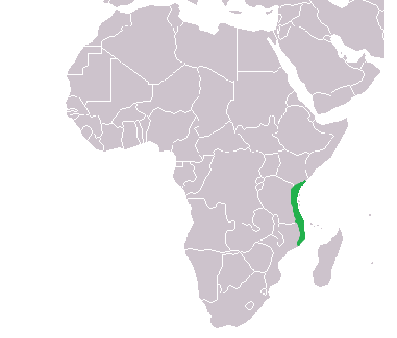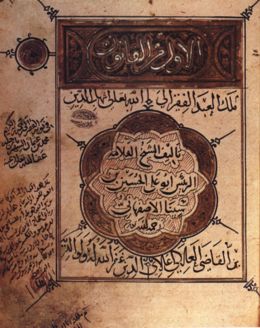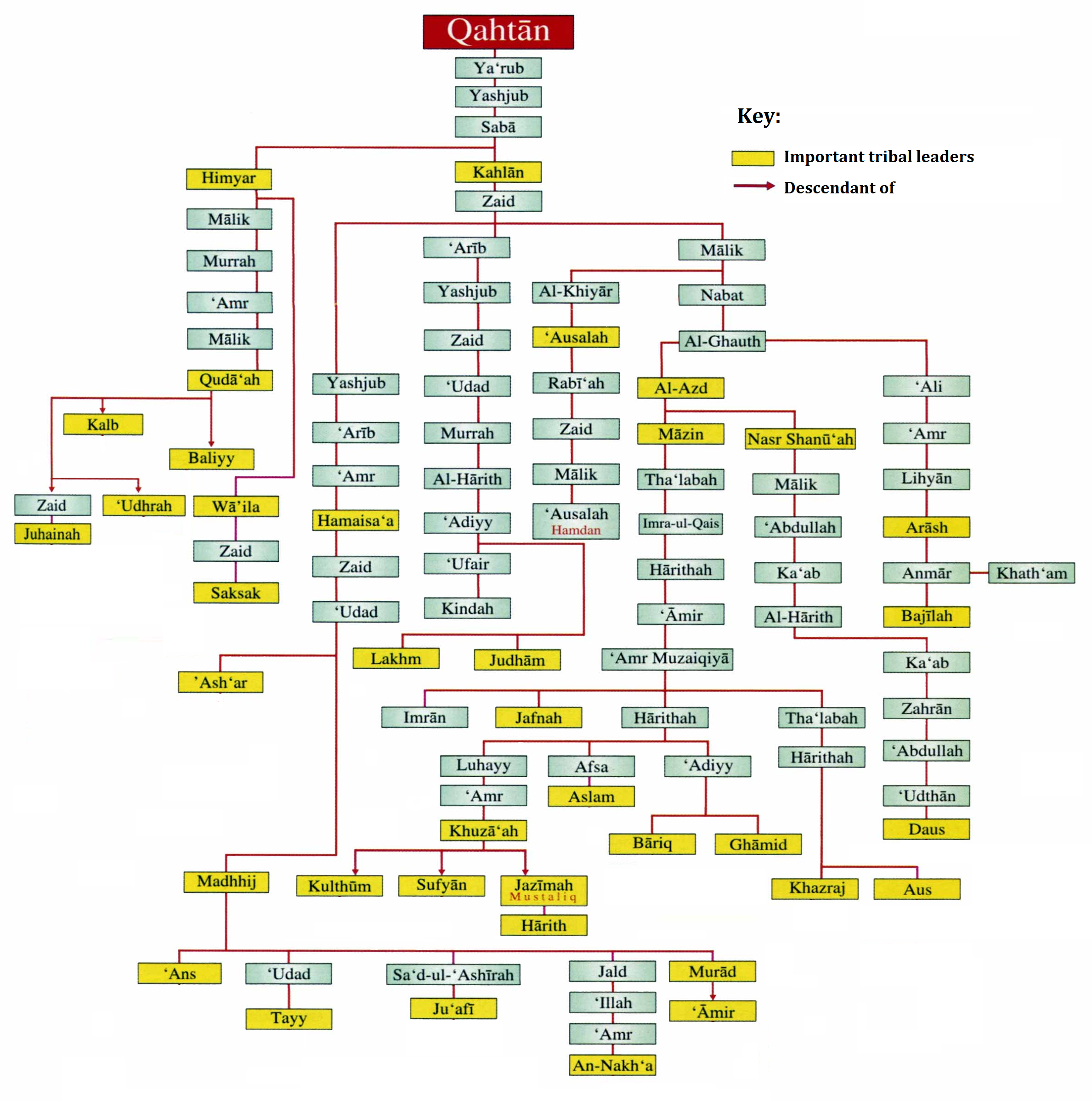|
Ibn Durayd
Abū Bakr Muhammad ibn al-Ḥasan ibn Duraid al-Azdī al-Baṣrī ad-Dawsī Al-Zahrani (), or Ibn Duraid () (c. 837-933 CE), a leading grammarian of Baṣrah, was described as "the most accomplished scholar, ablest philologer and first poet of the age", was from Baṣra in the Abbasid era.Abit Yaşar Koçak, Handbook of Arabic Dictionaries, pg. 23. Berlin: Verlag Hans Schiler, 2002. Ibn Duraid is best known today as the lexicographer of the influential dictionary, the ''Jamharat al-Lugha'' (). The fame of this comprehensive dictionary of the Arabic languageIntroduction to ''Early Medieval Arabic: Studies on Al-Khalīl Ibn Ahmad'', pg. xii. Ed. Karin C. Ryding. Washington, D.C.: Georgetown University Press, 1998. is second only to its predecessor, the ''Kitab al-'Ayn'' of al-Farahidi.John A. Haywood, "Arabic Lexicography." Taken from ''Dictionaries: An International Encyclopedia of Lexicography'', pg. 2,441. Ed. Franz Josef Hausmann. Volume 5 of Handbooks of Linguistics & Com ... [...More Info...] [...Related Items...] OR: [Wikipedia] [Google] [Baidu] |
Grammarians Of Basra
The first Grammarians of Baṣra lived during the seventh century in Al-Baṣrah. The town, which developed out of a military encampment, with buildings being constructed circa 638 AD, became the intellectual hub for grammarians, linguists, poets, philologists, genealogists, traditionists, zoologists, meteorologists, and above all exegetes of Qur’ānic tafsir and Ḥadīth, from across the Islamic world. These scholars of the Islamic Golden Age were pioneers of literary style and the sciences of Arabic grammar in the broadest sense. Their teachings and writings became the canon of the Arabic language. Shortly after the Basran school's foundation, a rival school was established at al-Kūfah circa 670, by philologists known as the Grammarians of Kūfah. Intense competition arose between the two schools, and public disputations and adjudications between scholars were often held at the behest of the caliphal courts. Later many scholars moved to the court at Baghdad, where a thi ... [...More Info...] [...Related Items...] OR: [Wikipedia] [Google] [Baidu] |
Encyclopaedia Of Islam
The ''Encyclopaedia of Islam'' (''EI'') is an encyclopaedia of the academic discipline of Islamic studies published by Brill. It is considered to be the standard reference work in the field of Islamic studies. The first edition was published in 1913–1938, the second in 1954–2005, and the third was begun in 2007. Content According to Brill, the ''EI'' includes "articles on distinguished Muslims of every age and land, on tribes and dynasties, on the crafts and sciences, on political and religious institutions, on the geography, ethnography, flora and fauna of the various countries and on the history, topography and monuments of the major towns and cities. In its geographical and historical scope it encompasses the old Arabo-Islamic empire, the Islamic countries of Iran, Central Asia, the Indian sub-continent and Indonesia, the Ottoman Empire and all other Islamic countries". Standing ''EI'' is considered to be the standard reference work in the field of Islamic studies. E ... [...More Info...] [...Related Items...] OR: [Wikipedia] [Google] [Baidu] |
Oman
Oman ( ; ar, عُمَان ' ), officially the Sultanate of Oman ( ar, سلْطنةُ عُمان ), is an Arabian country located in southwestern Asia. It is situated on the southeastern coast of the Arabian Peninsula, and spans the mouth of the Persian Gulf. Oman shares land borders with Saudi Arabia, the United Arab Emirates, and Yemen, while sharing Maritime boundary, maritime borders with Iran and Pakistan. The coast is formed by the Arabian Sea on the southeast, and the Gulf of Oman on the northeast. The Madha and Musandam Governorate, Musandam exclaves are surrounded by the United Arab Emirates on their land borders, with the Strait of Hormuz (which it shares with Iran) and the Gulf of Oman forming Musandam's coastal boundaries. Muscat is the nation's capital and largest city. From the 17th century, the Omani Sultanate was Omani Empire, an empire, vying with the Portuguese Empire, Portuguese and British Empire, British empires for influence in the Persian Gulf and Indian ... [...More Info...] [...Related Items...] OR: [Wikipedia] [Google] [Baidu] |
Zanj
Zanj ( ar, زَنْج, adj. , ''Zanjī''; fa, زنگی, Zangi) was a name used by medieval Muslim geographers to refer to both a certain portion of Southeast Africa (primarily the Swahili Coast) and to its Bantu inhabitants. This word is also the origin of the place-names Zanzibar ("coast of the Zanji") and the Sea of Zanj. The latinization Zingium serves as an archaic name for the coastal area in modern Kenya and Tanzania in southern East Africa. The architecture of these commercial urban settlements are now a subject of study for urban planning. For centuries the coastal settlements were a source of ivory, gold, and slaves, from sections of the conquered hinterland, to the Indian Ocean world. Etymology ''Zanj'' in Arabic means the "country of the blacks". Other transliteration include Zenj, Zinj, and Zang.. Anthony Christie argued that the word ''zanj'' or ''zang'' may not be Arabic in origin, a Chinese form (僧祇 ''sēngqí'') is recorded as early as 607 AD. Christie ... [...More Info...] [...Related Items...] OR: [Wikipedia] [Google] [Baidu] |
Ibn Al-Nadim
Abū al-Faraj Muḥammad ibn Isḥāq al-Nadīm ( ar, ابو الفرج محمد بن إسحاق النديم), also ibn Abī Ya'qūb Isḥāq ibn Muḥammad ibn Isḥāq al-Warrāq, and commonly known by the ''nasab'' (patronymic) Ibn al-Nadīm ( ar, ابن النديم; died 17 September 995 or 998) was an Arab Muslim bibliographer and biographer of Baghdad who compiled the encyclopedia ''Kitāb al-Fihrist'' (''The Book Catalogue''). Biography Much known of al-Nadim is deduced from his epithets. 'Al-Nadim' (), 'the Court Companion' and 'al-Warrāq () 'the copyist of manuscripts'. Probably born in Baghdad ca. 320/932 he died there on Wednesday, 20th of Shaʿban A.H. 385. He was a Persian or perhaps an Arab. From age six, he may have attended a ''madrasa'' and received comprehensive education in Islamic studies, history, geography, comparative religion, the sciences, grammar, rhetoric and Qurʾanic commentary. Ibrahim al-Abyari, author of ''Turāth al-Insaniyah'' says al-Nadim s ... [...More Info...] [...Related Items...] OR: [Wikipedia] [Google] [Baidu] |
Royal Asiatic Society Of Great Britain And Ireland
The Royal Asiatic Society of Great Britain and Ireland, commonly known as the Royal Asiatic Society (RAS), was established, according to its royal charter of 11 August 1824, to further "the investigation of subjects connected with and for the encouragement of science, literature and the arts in relation to Asia." From its incorporation the society has been a forum, through lectures, its journal, and other publications, for scholarship relating to Asian culture and society of the highest level. It is the United Kingdom's senior learned society in the field of Asian studies. Fellows of the society are elected regularly. Fellows include highly accomplished and notable scholars of Asian studies. They are entitled to use the post-nominal letters ''FRAS''.The Oxford Dictionary of Abbreviations, 2nd edition, Market House Books Ltd and Oxford University Press, 1998, ed. Judy Pearsall, Sara Tulloch et al., p. 175Debrett's Peerage and Baronetage 2011, Debrett's Peerage Ltd, p. 26The Inte ... [...More Info...] [...Related Items...] OR: [Wikipedia] [Google] [Baidu] |
Paris
Paris () is the capital and most populous city of France, with an estimated population of 2,165,423 residents in 2019 in an area of more than 105 km² (41 sq mi), making it the 30th most densely populated city in the world in 2020. Since the 17th century, Paris has been one of the world's major centres of finance, diplomacy, commerce, fashion, gastronomy, and science. For its leading role in the arts and sciences, as well as its very early system of street lighting, in the 19th century it became known as "the City of Light". Like London, prior to the Second World War, it was also sometimes called the capital of the world. The City of Paris is the centre of the Île-de-France region, or Paris Region, with an estimated population of 12,262,544 in 2019, or about 19% of the population of France, making the region France's primate city. The Paris Region had a GDP of €739 billion ($743 billion) in 2019, which is the highest in Europe. According to the Economist Intelli ... [...More Info...] [...Related Items...] OR: [Wikipedia] [Google] [Baidu] |
William McGuckin De Slane
William McGuckin (also Mac Guckin and MacGuckin), known as Baron de Slane (Belfast, Ireland, 12 August 1801 - Paris, France, 4 August 1878) was an Irish orientalist. He became a French national on 31 December 1838. and held the post of the Principal Interpreter of Arabic of the French Army from 1 September 1846 until his retirement on 28 March 1872. He is known for publishing and translating a number of important medieval Arabic texts. Biography De Slane was born in Belfast, the son of James McGuckin and Euphemia Hughes. After graduating from Trinity College Dublin, in 1822 he moved to Paris and studied oriental languages under Silvestre de Sacy. In 1828 he was admitted to the Société Asiatique, a French learned society. The society financed Joseph Toussaint Reinaud and de Slane to prepare a critical edition of Abu'l-Fida (أبو الفداء)'s Arabic geography, ''Taqwīm al-Buldān'' (تقويم البلدان) - "Locating the Lands" (1321). This was published in 1840. Be ... [...More Info...] [...Related Items...] OR: [Wikipedia] [Google] [Baidu] |
Ibn Khallikan
Aḥmad bin Muḥammad bin Ibrāhīm bin Abū Bakr ibn Khallikān) ( ar, أحمد بن محمد بن إبراهيم بن أبي بكر ابن خلكان; 1211 – 1282), better known as Ibn Khallikān, was a 13th century Shafi'i Islamic scholar who compiled the celebrated biographical encyclopedia of Muslim scholars and important men in Muslim history, ''Wafayāt al-Aʿyān wa-Anbāʾ Abnāʾ az-Zamān'' ('Deaths of Eminent Men and History of the Sons of the Epoch'). Life Ibn Khallikān was born in Erbil on September 22, 1211 (11 Rabī’ al-Thānī, 608), into a respectable family that claimed descent from Barmakids, an Iranian dynasty of Balkhi origin. Other sources describe him as Kurdish. His primary studies took him from Arbil, to Aleppo and to Damascus, before he took up jurisprudence in Mosul and then in Cairo, where he settled. He gained prominence as a jurist, theologian and grammarian. An early biographer described him as "a pious man, virtuous, and learned; amiable ... [...More Info...] [...Related Items...] OR: [Wikipedia] [Google] [Baidu] |
Kahlan
Kahlan ( ar, كهلان) was one of the main tribal confederations of Sabaeans, Saba' in Ancient history of Yemen, Ancient Yemen. They are descended from Kahlan bin Saba bin Yishjab bin Yarub bin Qahtan. Conflict with Himyar By the 2nd century BC Saba' was declining gradually and its southern neighbor Himyar was able to settle many nomadic tribes that were allied to Himyar and create a stronger Himyarite nation in the lowlands. Eventually Saba' was incorporated into Himyar and resistance was reduced to the Kahlan tribes who were overpowered by Himyar and forced out of Highlands in Yemen. Most Of Kahlan remained in the Yemeni desert region around Marib until the destruction of the Marib Dam, Dam in the 3rd century AD. this forced the Kahlani tribes to emigrate northwards through Arabia. They reaching as far as Mesopotamia and Syria prior to the 7th century Arab conquests under Islam. After the Arab conquests, the Kahlani Arabs, among other Qahtani and Adnani tribes, reached all the ... [...More Info...] [...Related Items...] OR: [Wikipedia] [Google] [Baidu] |
Ibn Khallikān
Aḥmad bin Muḥammad bin Ibrāhīm bin Abū Bakr ibn Khallikān) ( ar, أحمد بن محمد بن إبراهيم بن أبي بكر ابن خلكان; 1211 – 1282), better known as Ibn Khallikān, was a 13th century Shafi'i Islamic scholar who compiled the celebrated encyclopedic dictionary, biographical encyclopedia of Muslim scholars and important men in Muslim history, ''Wafayāt al-Aʿyān wa-Anbāʾ Abnāʾ az-Zamān'' ('Deaths of Eminent Men and History of the Sons of the Epoch'). Life Ibn Khallikān was born in Erbil on September 22, 1211 (11 Rabī’ al-Thānī, 608), into a respectable family that claimed descent from Barmakids, an Iranian peoples, Iranian dynasty of Balkhi origin. Other sources describe him as Kurds, Kurdish. His primary studies took him from Arbil, to Aleppo and to Damascus, before he took up Fiqh, jurisprudence in Mosul and then in Cairo, where he settled. He gained prominence as a jurist, theologian and grammarian. An early biographer describe ... [...More Info...] [...Related Items...] OR: [Wikipedia] [Google] [Baidu] |
Qahtanite
The terms Qahtanite and Qahtani ( ar, قَحْطَانِي; Arabic transliteration, transliterated: Qaḥṭānī) refer to Arab people, Arabs who originate from South Arabia. The term "Qahtan" is mentioned in multiple ancient Arabian inscriptions found in Yemen. Arab traditions believe that they are the original Arabs. Traditional Arab genealogy According to Arab tradition, the Qahtanites are from South Arabia, unlike the Adnanites who are from the north of Arabia descended from Ishmael through Adnan. "The 'arabized or arabizing Arabs', on the contrary, are believed to be the descendants of Ishmael through Adnan, but in this case the genealogy does not match the Biblical line exactly. The label 'arabized' is due to the belief that Ishmael spoke Hebrew until he got to Mecca, where he married a Yemeni woman and learnt Arabic. Both genealogical lines go back to Sem, son of Noah, but only Adnanites can claim Abraham as their ascendant, and the lineage of Mohammed, the Seal of Proph ... [...More Info...] [...Related Items...] OR: [Wikipedia] [Google] [Baidu] |



